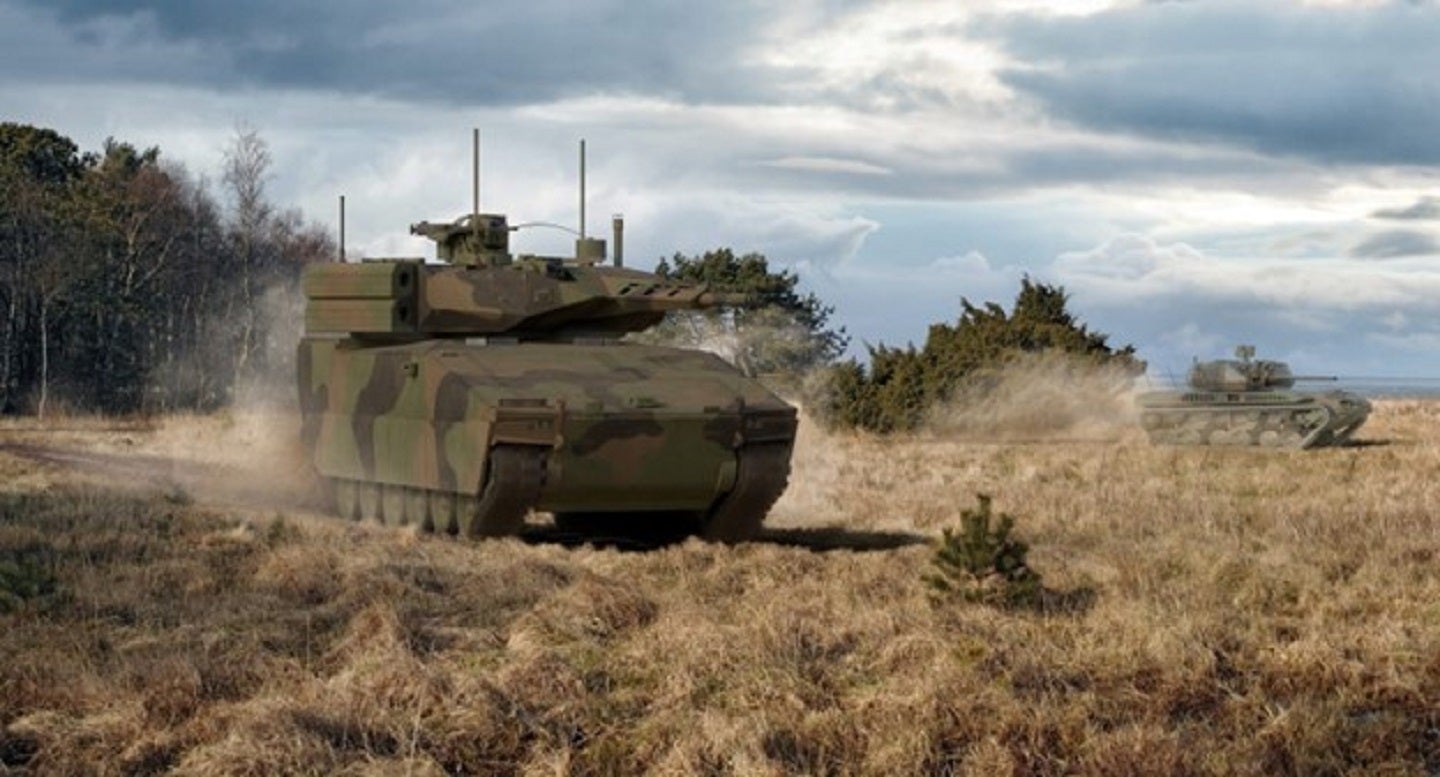John Hill

Throughout the International Armoured Vehicles conference, hosted by Defence iQ in January 2024 at Twickenham Stadium, London, the US Army revealed it will undergo an extensive cultural shift in the way its land forces operate.
Ultimately, their plan hinges on “unburdening our soliders” for the next several decades, said one spokesperson.
This will involve greater digitalisation and a common systems architecture, both of which will serve to bolster the performance of its land systems over the long term through spiral development enhancements.
The XM30 – the last IFV build?
Following the announcement of the new XM30 mechanised infantry fighting vehicle (IFV) in June 2023, it was suggested that the Army will focus on a modular approach to sustaining the system.
Of course, the the necessity to rebuild will not go away entirely as maintenance, repair and overhaul is unavoidable. Nevertheless, a modular approach offers a cost-saving iterative development process that will integrate new capabilties.
The Optionally Manned Fighting Vehicle (OMFV) programme – designated the XM30 – illustrates the Army’s plan of action.
This future IFV is due to replace the enduring Bradley armoured fighting vehicle, now more than forty-years-old. It is used to transport infantry on the battlefield as well as provide support to dismounted troops.
At the time XM30 was announced last year, Douglas R. Bush, assistant secretary of the Army, acquisition, logistics and technology stated:
“The modular open system architecture [of] the XM30 will allow new… technology to be added to the vehicle as that technology matures, ensuring an overwhelming advantage in any potential adversary competition.”
In that sense, the new adaptable combat vehicle “needs to stay relevant,” the spokesperson added.
Abrams – new and enduring
While the Army phases out the M1A2 System Enhancement Package version 4 effort to develop the M1E3 Abrams main battle tank (MBT), which will focus on making the capability improvements.
“The Abrams Tank can no longer grow its capabilities without adding weight, and we need to reduce its logistical footprint,” explained Major General Glenn Dean, program executive officer for ground combat systems.
In this way, the Army will substanitally reduce the tank’s weight and therefore its sustainment through an open system architecture.
Simultaneously, the enduring SEPv3 variant will continue to play a part in the force structure as the “most sustainable version of the Abrams tank,” the spokesperson noted.
Foreign Military Sales customers are beginning to acquire this interoperable MBT.
The US State Department approved Romania’s acquisition of 54 M1A2 SEPv3 Abrams MBTs in November 2023, alongside an array of combat vehicles, weaponry, and logistical support that mirrors the American digital plan.
Likewise, Poland acquired M1A1 version for its 18th Mechanised Division, in addition to the M1A2 SEPv3 tanks already contracted in April 2022.
Roboticise the formation
One notion the Army’s update at the IAV chimed memorably: that right from the get go it does “not want to trade blood for first contact.”
This soldier-centric outlook therefore gives way to a human machine interface, where advanced robotic combat vehicles are tasked with engaging the enemy and to attain critical battlefield intelligence.
However, an uncrewed approach to warfare does have its pitfalls. One protective solution one spokesperson referred to, was the Army’s research and development into mine-resistant vehicles as well as a ground-based swarming solution – none of which have yet been fielded.
No comments:
Post a Comment